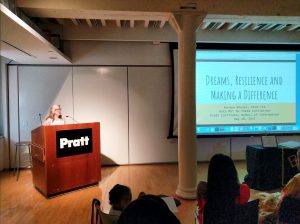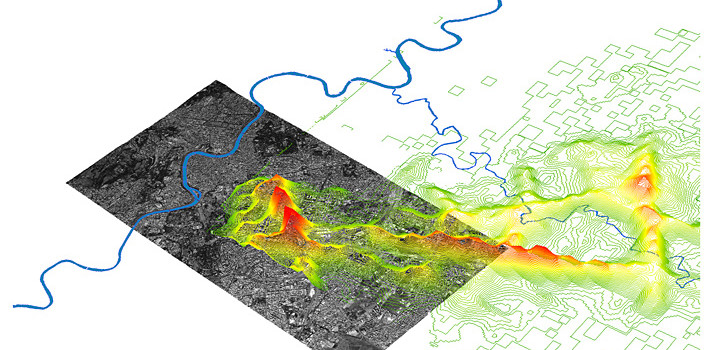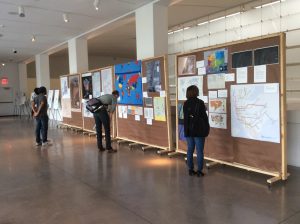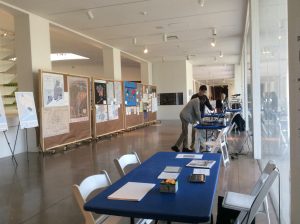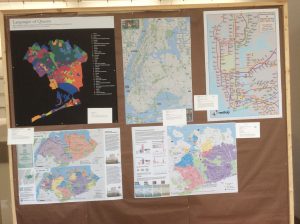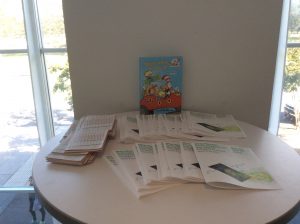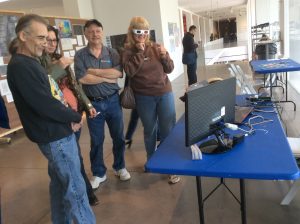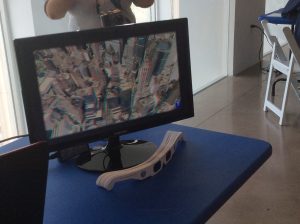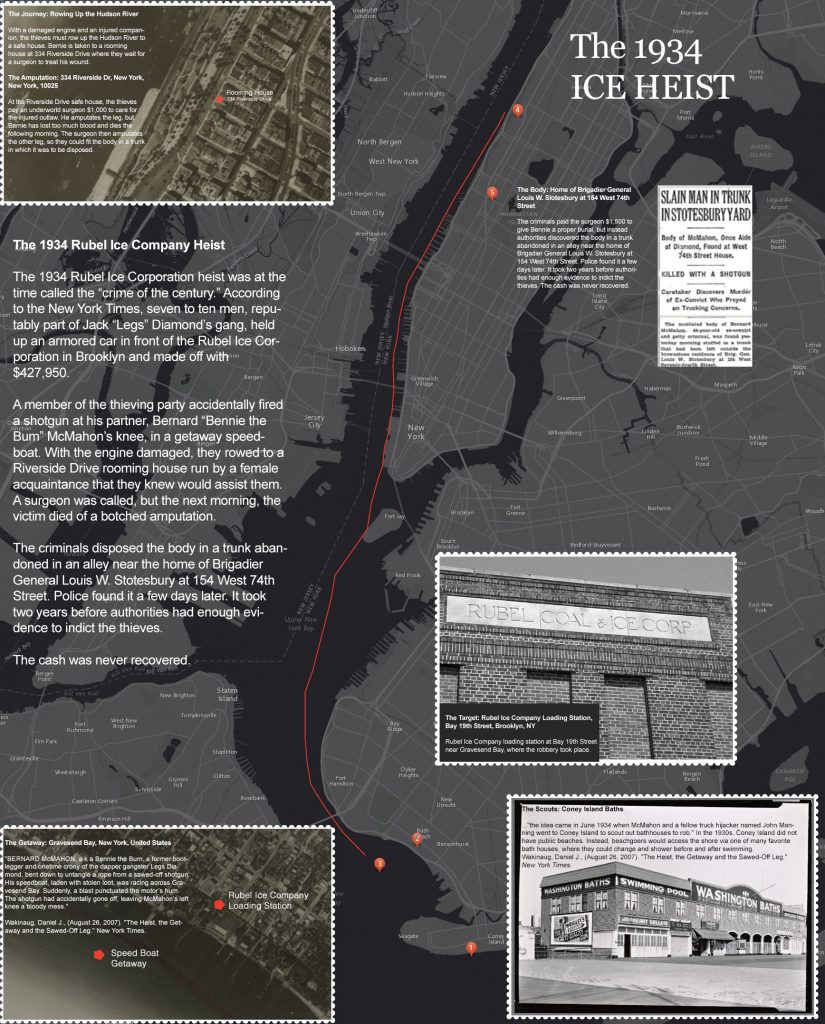I am very happy to announce that I will be presenting an Information Architecture Wikipedia Editathon as an interactive session of the Information Architecture Summit, on April 22-26 in Minneapolis.
As an amateur IA historian and keeper of many things IAI for several years, I have decided to go one step further and present my proposal to the WikiProjects committee to create an Information Architecture group at Wikipedia. I was inspired by Christina Wodtke’s Medium article, Towards a New Information Architecture, from just over a year ago, where she urged those of us in the discipline to recommit to IA and the IA Institute, to “look beyond the title people have and instead at the work being done,” and to “Invite the innovators in understanding in, and make them part of Information Architecture.”
This is exactly what I plan to do with your help. Many artifacts from the initial establishment of the Information Architecture Institute, including the “25 Theses,” ASIS&T’s SIG-IA, and the now defunct IAWiki (via archive.org) hold testament to the evolution and collaboration of practice and community over the past 15-20 years. These are artifacts that deserve to be preserved and made discoverable. And what are we if not uniquely skilled to do exactly this?
This is our livelihood. While we have been defining the damned thing within our own, relatively closed community, Wikipedia editors have been labeling our artifacts “stub” to “start” quality and of “low” to “mid-importance.” Years-old, unaddressed criticism of the Information Architecture article on Wikipedia includes the admonishments that we have no academic conferences or publications, that we use “peacock” terms and unverified claims. Much of this can be easily debunked, but a lot of information on these wiki pages should be edited, sections on academic research and proceedings should be added, and more complete cross referencing of IA practitioners and thought leadership should be included, so that these criticisms can be put to rest.
You can help by joining me and supporting my proposal. To do ths follow these steps:
To join the IA WikiProject:
- Sign up for a Wikipedia.org account.
- Go to the proposal page: https://en.wikipedia.org/wiki/Wikipedia:WikiProject_Council/Proposals/Information_Architecture
- Click “edit” next to the Support section.
- Type ~~~~ on new line. (This is Wikipedia’s simple way to add your account name and time stamp.)
- Click Save.
Once you have signed on, and even if you are not ready to add your name to the list, you can use the Talk page (a tab at the top left of the proposal page) to add any comments or suggestions for content.
